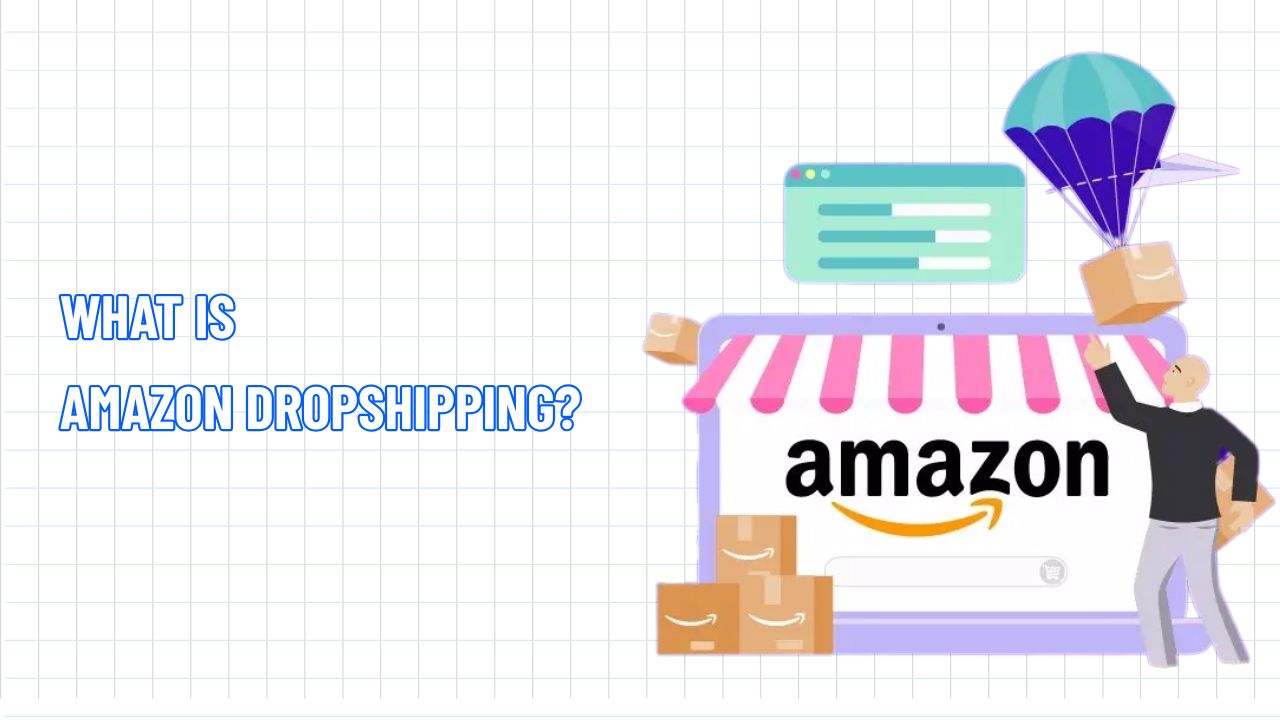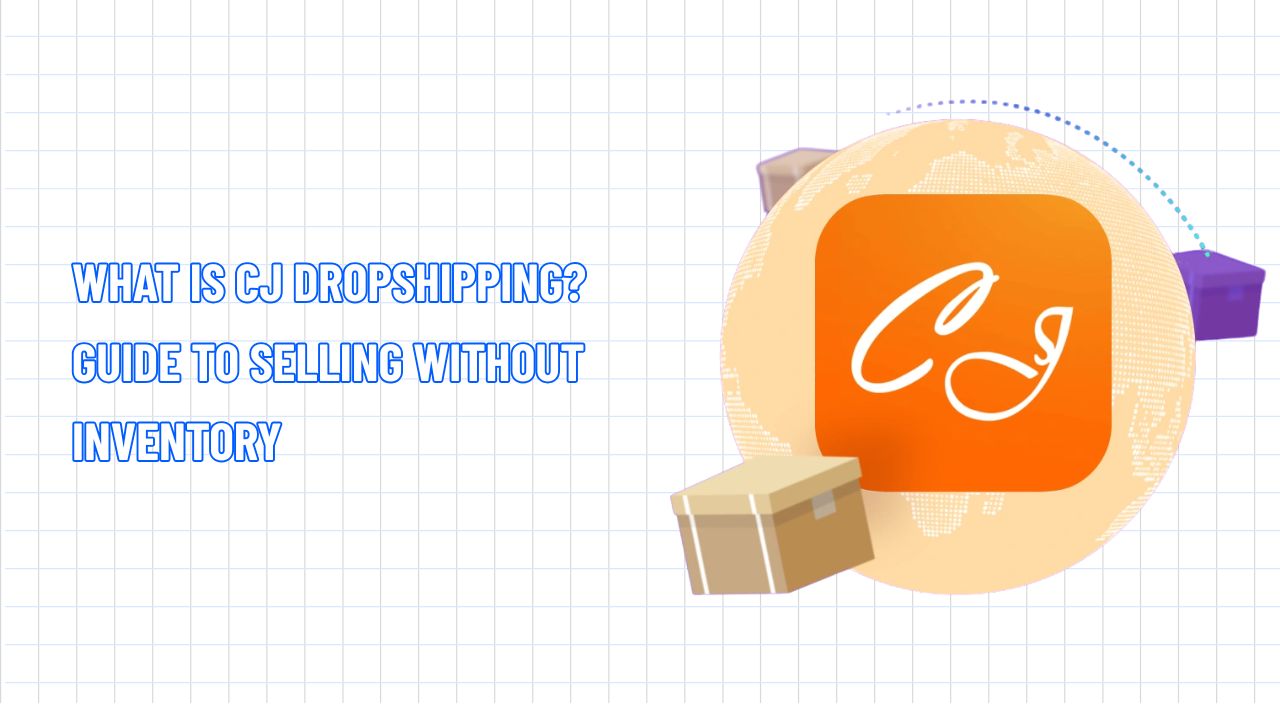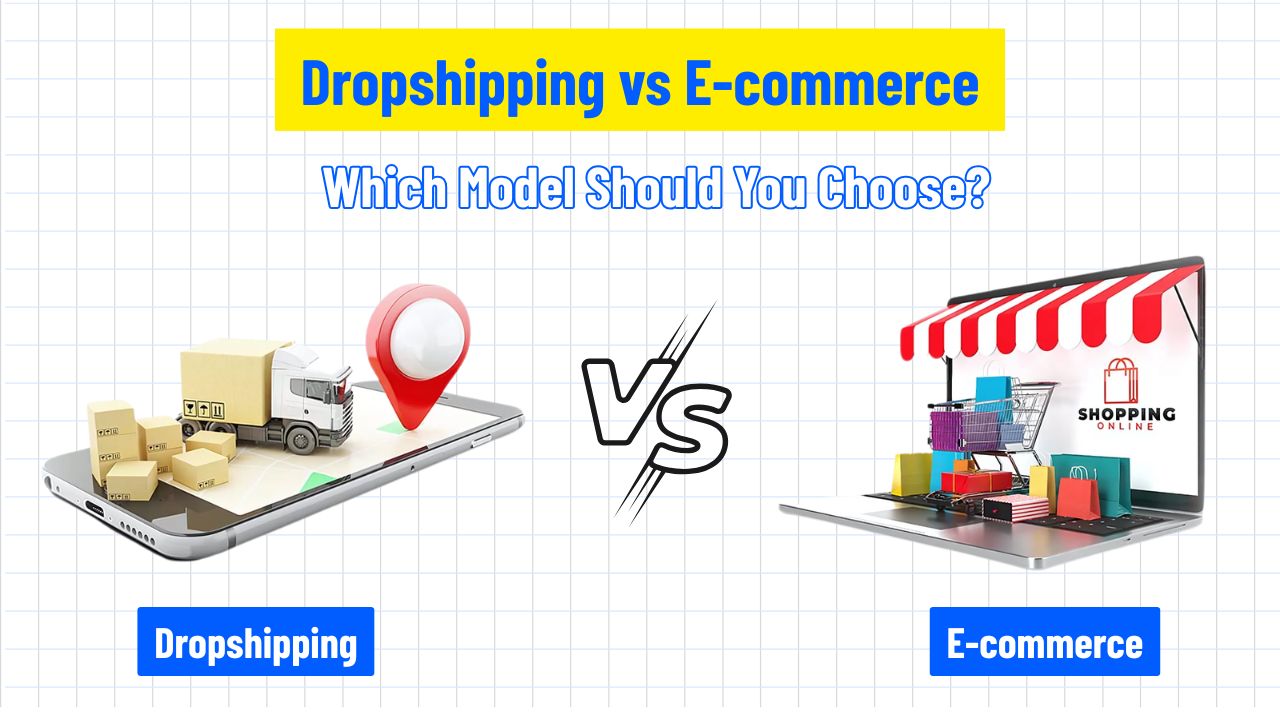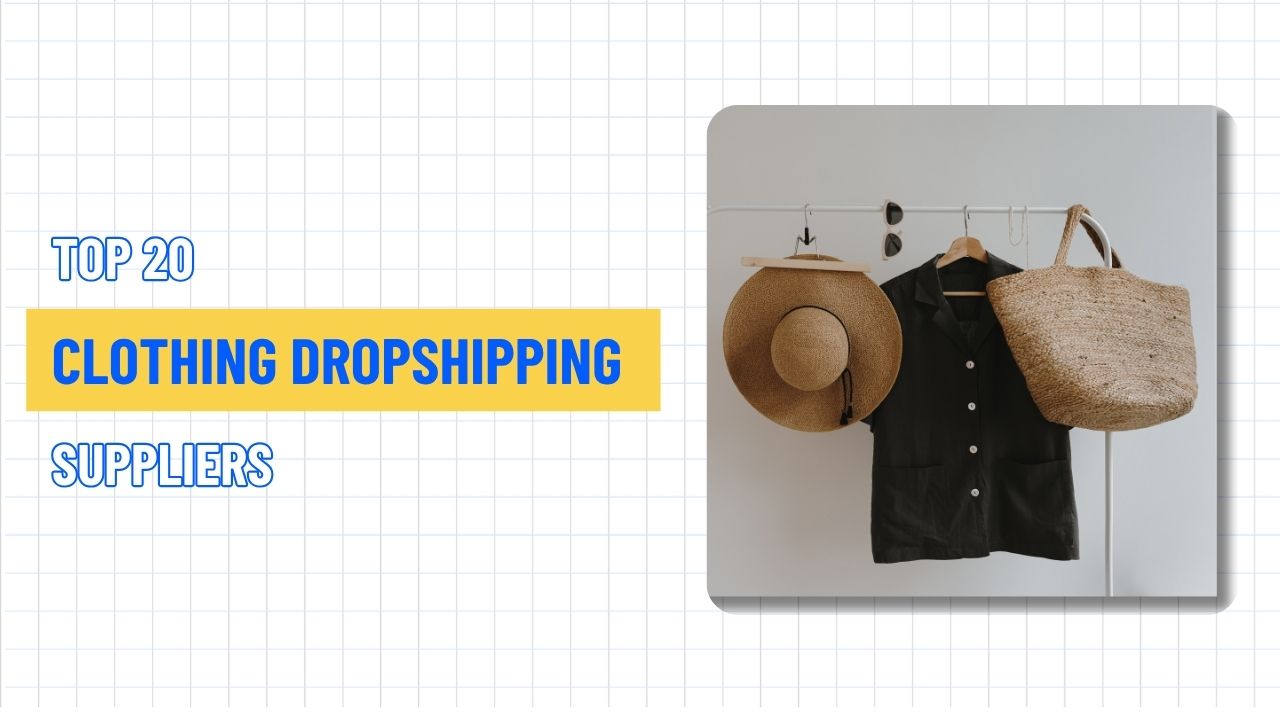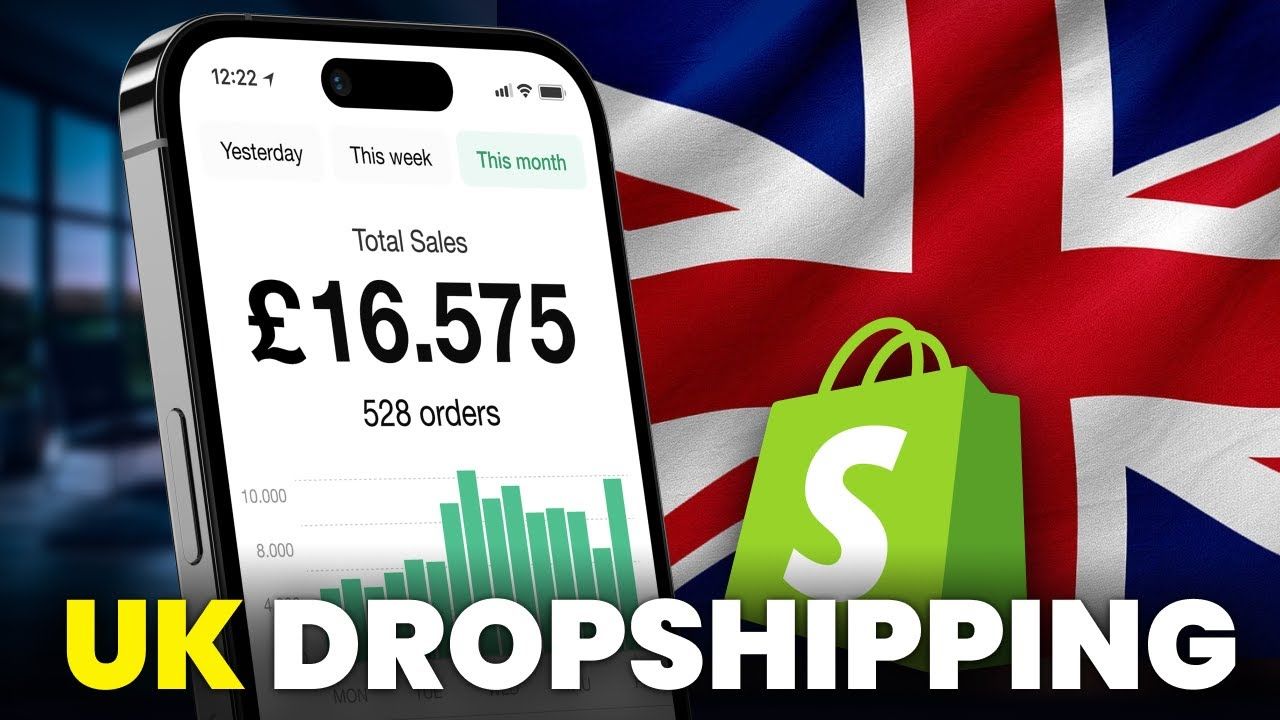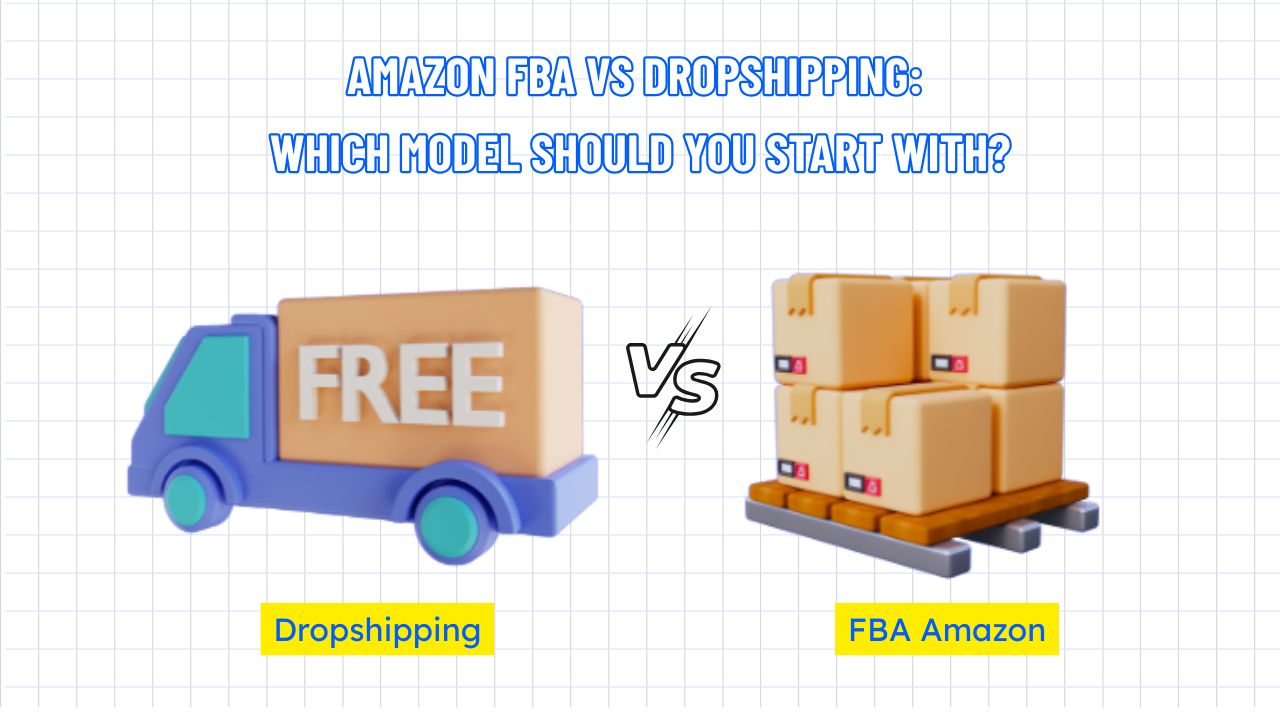Dropshipping vs Wholesale: Which Model Is Right for You?
Table of Contents Hide
The boom in e-commerce has opened up countless great opportunities for both dropshipping and wholesale. Although creating an online store is quite easy, real success lies in choosing the right business model. So, which is the most suitable choice for you? Follow the article below by NextSky.

Introduction to Dropshipping vs Wholesale Model
What is the Dropshipping model?
Dropshipping is a retail model in which the seller does not need to carry inventory. Instead, when an order is placed, the seller purchases the product from a third party, which then packages and ships the order directly to the customer. This means that the seller does not need to physically touch or handle the product during the entire process. The dropshipping process can be summarized in three steps:
- Sellers select and cooperate with reputable suppliers, then post products for sale on online stores.
- Customers order products and pay according to the retail price listed in the store.
- The seller transfers the order information to the supplier, the order will be processed, packed and shipped directly to the customer.
What is the wholesale model?
In e-commerce, the wholesale model works when a store owner buys products in bulk from a supplier, stores them in his or her own warehouse, and resells them to customers at a higher price. With this model, the store owner is responsible for the entire order processing process, from inventory to shipping.
Pros and Cons of Dropshipping vs Wholesale Model
Advantages and disadvantages of the Dropshipping model
To better understand the dropshipping model, let's analyze the outstanding advantages and disadvantages of this form of business.
Advantages of dropshipping
- Easy to Get Started: With support from platforms like Shopify, even beginners can quickly set up a store without requiring specialized technical skills. With NextSky, you can easily design a professional and unique website without writing a single line of code! Simply choose your collection theme on Shopify, customize it to match your style, and get ready to captivate every visitor.
- Low start-up costs: No need to invest much initial capital but still have the opportunity to access the market for many people.
-
No worries about inventory: Goods are only purchased after customers place orders, so you do not have to bear the pressure of inventory or storage costs.
- Flexible business from anywhere: As long as you have an internet connection, you can operate your store from anywhere, without being limited by physical location or a warehouse.
- Easily expand your product catalog: Quickly test and add new products to your store without having to stock inventory.
Disadvantages of dropshipping
- Low profit margins: High competition drives down prices, cutting into profits per order significantly.
- Supplier Dependence: It is difficult to control product quality, delivery time or supplier inventory, which can directly affect customer experience.
- Difficult to build your own brand: Dropshipping often does not allow for customization of packaging or logos, making it difficult to differentiate and make a mark on the market.
Read more: How to Start a Dropshipping Business? Step-by-Step Guide in 2025
Advantages and disadvantages of the Wholesale model
Advantages of wholesale
- Take advantage of economies of scale: Buy in bulk to enjoy preferential prices from manufacturers or suppliers to increase price competitiveness.
- Lower unit costs: Compared to dropshipping, the wholesale model allows you to import goods at much cheaper prices, opening up the opportunity to generate higher profit margins than retail.
- Better supply chain: Wholesale makes the distribution of products from manufacturers to consumers more efficient and stable, reducing the risk of stock outs.
-
Easy to manage goods: Goods are often packaged and shipped in large batches, making storage, inventory and operations simple and time-saving.
- Access to more products: Many wholesalers offer a wide product catalog, allowing you to diversify your sourcing without having to work with too many suppliers.
Disadvantages of wholesaling
- Large capital is needed to import goods: Purchasing large quantities of goods requires you to have a significant initial capital when doing business.
- Low profit margins for wholesalers themselves: Compared to retail, wholesalers' profits per unit of product are usually lower, so they have to sell in large quantities to make a profit.
- Difficult to customize products: Wholesale products often don't have many branding or packaging options, making it difficult to create a unique store identity.
- Warehousing and operations challenges: Managing large quantities of goods requires you to have professional storage space and logistics processes, especially for small businesses.
Read more: Dropshipping vs Affiliate Marketing: Which Model Should You Choose?
The key difference between Dropshipping and Wholesale
|
Criteria |
Dropshipping |
Wholesale |
|
Inventory Management |
Sellers do not need to stock inventory because the supplier handles storage and delivery. |
With this form, you will have to control the quality, packaging, and delivery yourself. |
|
Start-up costs |
Low initial investment. Only buy products when there is an order, reducing financial risk. |
Higher costs due to bulk purchasing and storage. May result in loss if the product does not sell quickly. |
|
Profit margin |
Lower because of extra payment to the supplier and shipping fees. |
Higher due to bulk purchase, good price, and self-handling. |
|
Control and customize |
Limited control over products and branding. Dependent on the supplier. |
Proactively control quality, packaging, and brand experience. |
|
Scalability |
Easily expand products without adding warehouses. Suitable for flexible models, quickly adapting to the market. |
Expansion is limited by the warehouse and capital. Additional investment is required if you want to grow larger. |
So you should choose Dropshipping vs Wholesale model
No model is best for everyone, each model will suit a different group of people, depending on capital, experience, business goals, and level of willingness to invest effort. Below is a guide to help you choose the model that best suits you:
When should you choose Dropshipping?
Dropshipping is the best option if you are looking for a simple, low-risk, and flexible way to start. This model will suit you if:
- Limited budget: No need to import inventory or worry about storage costs, you just need to invest in a website, marketing, and choose the right supplier. This is the ideal model if you only have a few million VND to start.
- Quickly test a market or product: With dropshipping, you can test a variety of niches without buying in bulk. If the product doesn’t work, you can pivot quickly without worrying about inventory or losing money.
- Prioritize flexibility and remote work: You don’t need a warehouse, no need to hire packing or shipping staff. With just a laptop, you can run your business from anywhere, very suitable for freelancers, stay-at-home moms, students, or people looking for passive income.
- Just starting out and needing to learn the market: Dropshipping helps you get familiar with e-commerce operations without the huge financial pressure.
When should you choose Wholesale?
Wholesaling offers high profits and total control, but it also requires you to have a more solid foundation. This model is suitable if:
- Stable capital: Because you need to import goods in large quantities to get wholesale prices, you will need a relatively large initial investment (usually from several tens of millions or more). In addition, you also need a budget for warehouses, transportation and support staff if the scale is large.
- Build your own long-term brand: With wholesale, you can design your own packaging, control quality, and proactively build your own brand experience, which is difficult to do with dropshipping. This is the premise for you to develop into a reputable brand.
- Be prepared to handle logistics, inventory, and a team: This model requires you to manage sourcing, inventory, packaging, shipping, and customer support. If you or your team have good operational skills, wholesaling can open up much better profit margins than dropshipping.
- Understand the market/niche and be ready to expand: If you have successfully tested dropshipping, switching to wholesale will help you optimize costs, increase profits, and develop more sustainably.
In short, dropshipping vs wholesale are two business models with distinct differences in order processing, inventory management, and operational control. It is important that you understand the strengths and weaknesses of each model to choose the optimal direction and start your business journey on a solid footing.



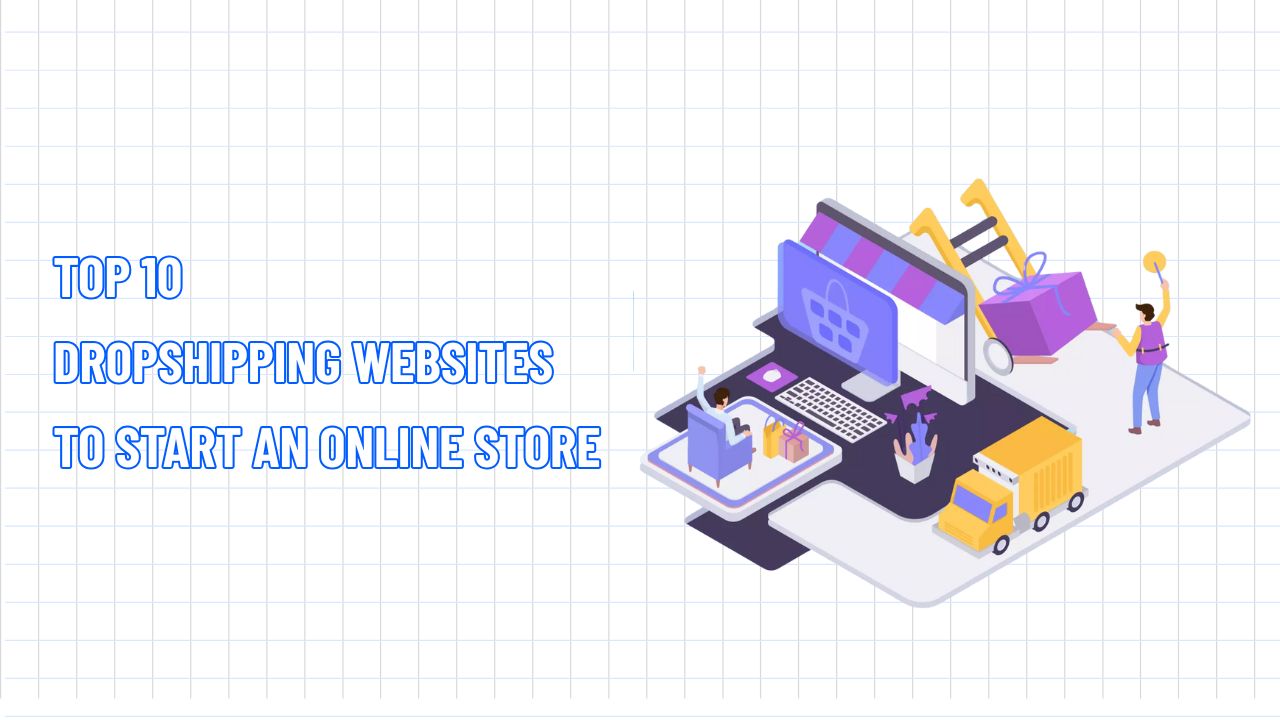
![[2025] AliExpress Dropshipping: A-Z Guide for Beginners](http://nextsky.co/cdn/shop/articles/aliexpress-dropshipping_68a937c9-3a8c-460e-b6a7-a9182d5fc4a2.jpg?v=1751219977&width=1280)
